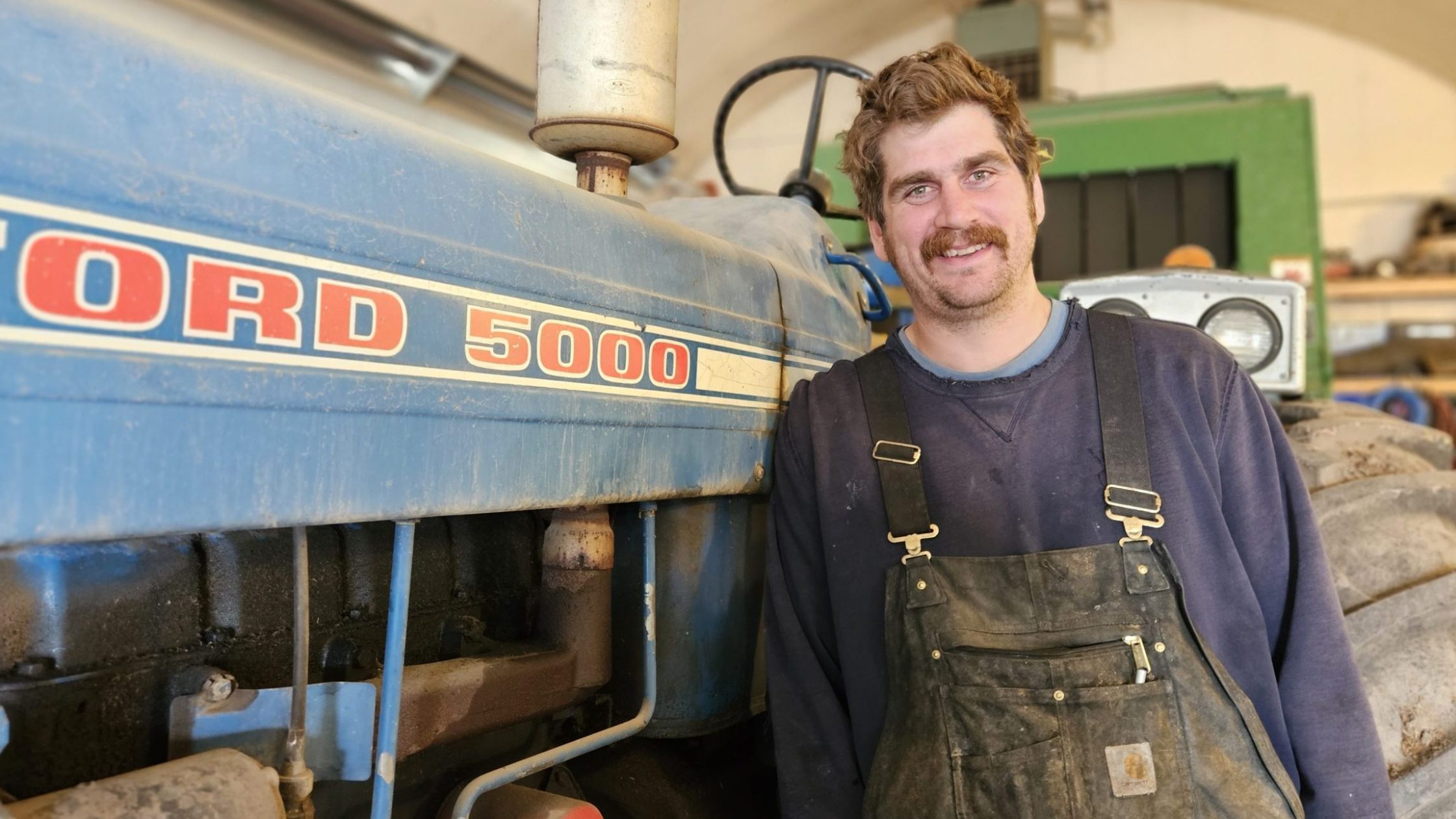The owners of a central Alberta dairy farm say natural gas is a central part of their operation as they look to cut costs by reducing energy consumption.
Jordan Schuurman, 32, and his parents Susan and Evan operate their 90-cow Edmonton-area farm. They daily heat large volumes of water to high temperatures – critical for cleaning and eliminating bacteria in the operation’s milking barn. Natural gas is also needed for a network of in-floor heating as well as outbuilding and home heat.
“You don’t really have a lot of options north of the 49th parallel,” said Schuurman, adding consumers need to understand the importance natural gas in dairy farming.
To boost energy efficiency, the Schuurmans recently installed two cogenerators. The oven-sized units, worth around $17,500 each, use natural gas to preheat water for the farm’s hot water tank and glycol for the in-floor heating boiler. At the same time, the cogenerators produce electricity for the farm.
“They run when there is hot water demand, which is always on our farm,” said Schuurman. “At current market prices, for every ten dollars of natural gas they burn, they produce sixteen dollars in electricity. So, we burn natural gas and make money.”

Jordan Schuurman discussing his cogenerators on April 22, 2023. Photo by James Snell for the Canadian Energy Centre
Around 77 per cent of the natural gas used on a 100-cow dairy farm is for water heating, says a Government of Alberta report. Space heating accounts for 23 per cent. Milk cooling and barn washing account for the most electricity use.
The family installed a 24-kilowatt, $100,000 solar power system, which can outperform the cogenerators in summer months, said Schuurman. With around 100 panels, the system pushes excess electricity into the regional grid, further lowering costs. The farm also pivoted to high-efficiency lighting.
Even with cogeneration, solar, and upgraded lighting, the farm couldn’t function without natural gas, said Schuurman.
The family’s time, effort and investment in energy-saving technology is paying off.
As a power producing farm, electricity bills are low, although outside technical help is sometimes required for system maintenance – there are numerous pipes, wires and electronic components.
“I’m surprised how close our bill is to people who live in town, and how dramatically lower our power bill is compared to other dairy farms,” said Schuurman.

Inquisitive cows at the Schuurman dairy farm near Edmonton Alta. Photo by James Snell for the Canadian Energy Centre The unaltered reproduction of this content is free of charge with attribution to Canadian Energy Centre Ltd.
